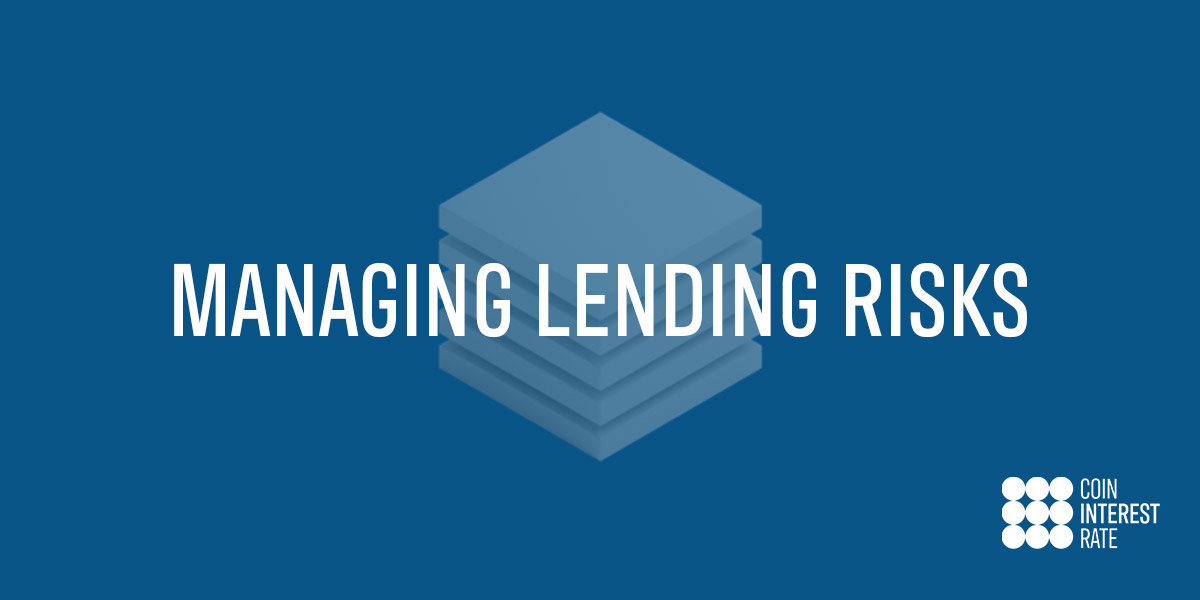
Managing crypto lending risks
2022 has been a tough year in cryptocurrency. We’ve seen many crypto lending platforms go bankrupt, a stablecoin de-peg (USDT) and take down a top 20 coin (Luna), and even a leading global exchange (FTX) become insolvent seemingly overnight.
How can you help manage your risks in this tumultuous environment?
Hedge your bets
By taking a conservative piece of your total crypto holdings, you may wish to deploy only a set percentage into lending.
The amount you dedicate to this is entirely up to you and the amount of risk you are willing to take on. Using 20% as an example figure, you could allocate this percent of your total holdings into a few well-researched platforms you feel comfortable with.
- Pros: you can still earn some returns in this market, while the majority of your funds will be safe and protected from counterparty risks
- Cons: your returns will be lowered, and not earning the most potential yield
Exchanges aren’t secure for long-term storage
Exchanges are just as risky as any custodial platform, as they are centralized businesses with little regulation. As we’ve seen with FTX, your funds are at risk with almost no warning. Unless you are planning immediate exchanges, swaps, buys, or sells, we recommend removing those funds from any exchange immediately.
While proof of reserves is a growing trend, and we applaud efforts in this direction, we still think they do not paint a complete picture of health for a centralized platform.
Go offline
Offline wallets, known as self-custody, are the only 100% way you reduce counterparty risk.
- Bitcoin Core Wallet is an advanced wallet that only supports Bitcoin and must be synced before use.
- Exodus is an easy-to-use wallet that supports Bitcoin, Ethereum and other coins.
- Metamask is a popular web plugin wallet that supports the Ethereum network.
Securing these wallets is of the highest priority, as you are 100% responsible for them, with no recourse if they are accessed by a third party or if you lose your seed key. See below for more about seed keys.
Wallet passphrases are optional and can be required each time you access/open your wallet.
If you lose your passphrase or forget it, your seed key will allow you to regain access (and be able to recreate the password).
Wallet seed keys are set up on wallet creation and are required if you lose your passphrase or access to the device you set up the wallet on initially. These seed keys are typically a string of words and can be used to access your wallet on another device. Protect your seed keys even more so than a password since anyone who has them can access your wallet and all funds inside it. There is no way to change a seed key or reset it if lost.
Your keys mean your crypto.

It is considered best practice to back up your seed key in an offline backup method. Other risks to consider would be fire or a technical failure, like a hard drive crash or data corruption.
Some even opt for a metal plate designed for seed keys that can withstand a fire.
This article is not financial advice. DYOR and only invest what you can comfortably afford to lose.
